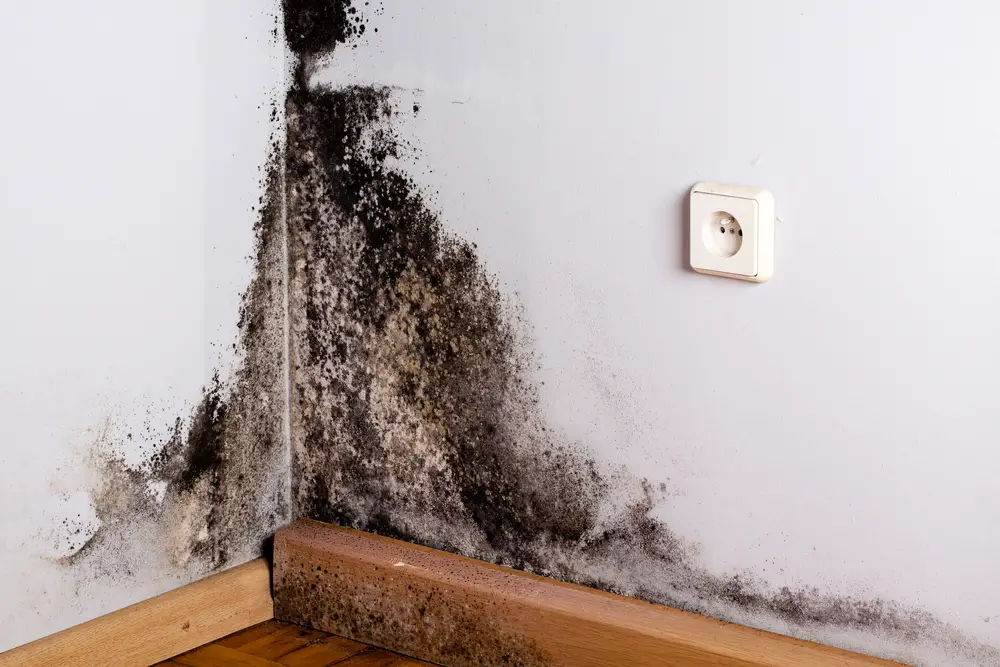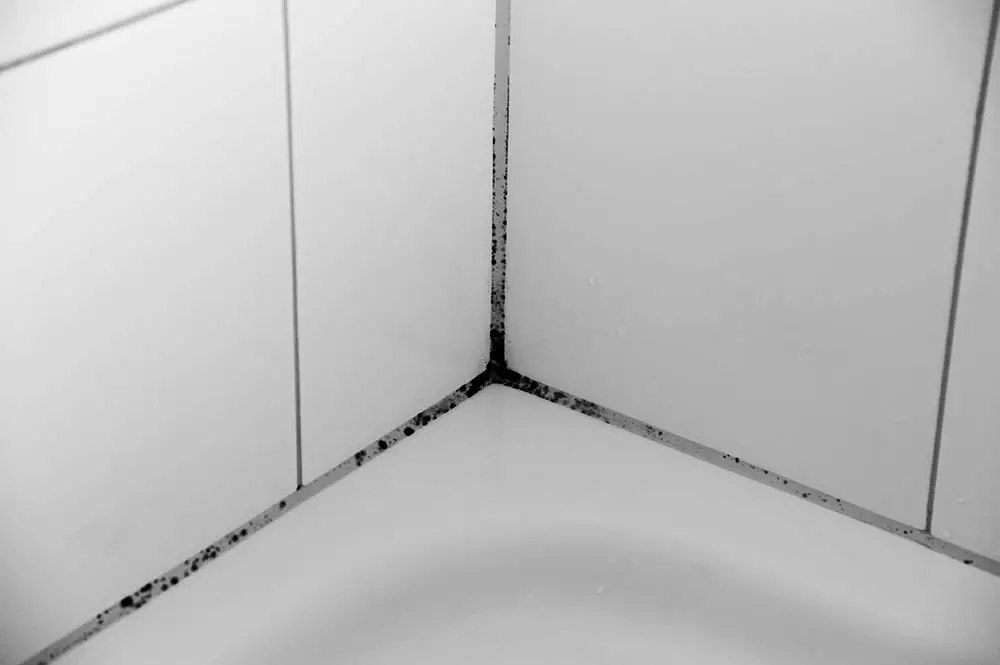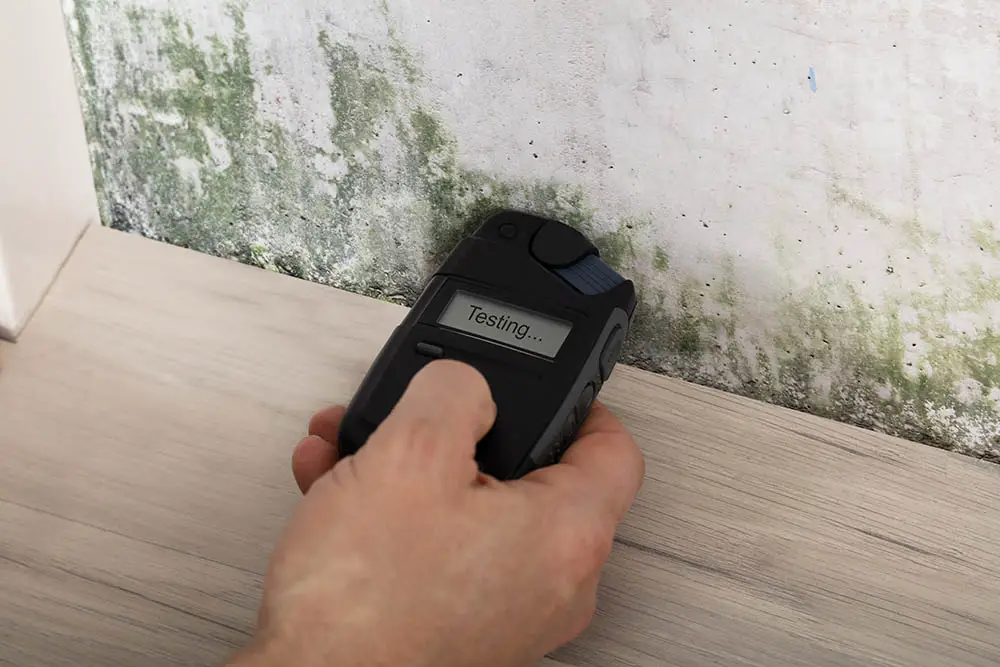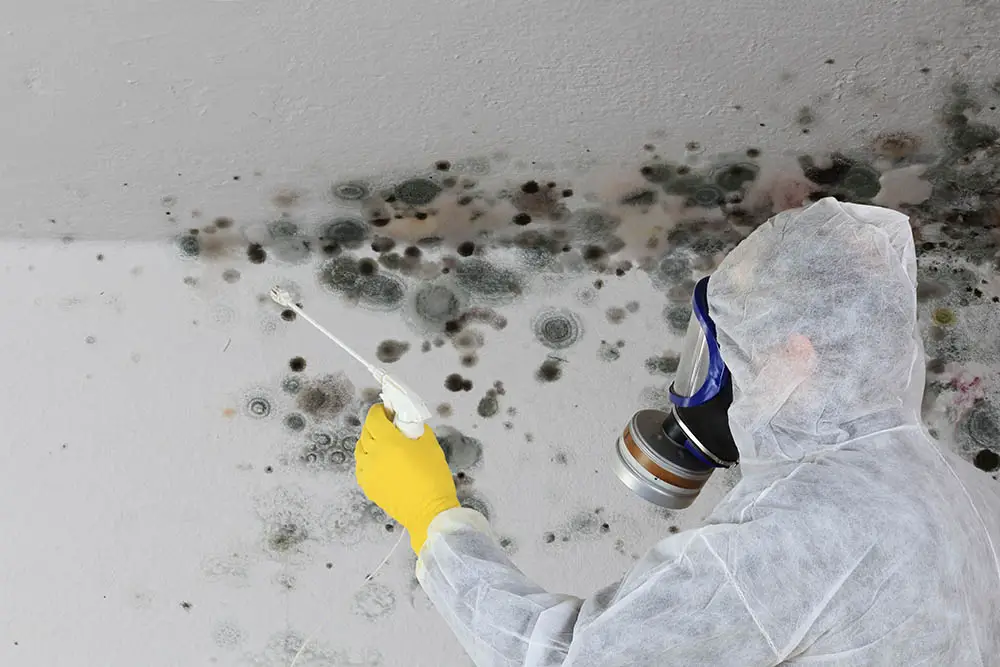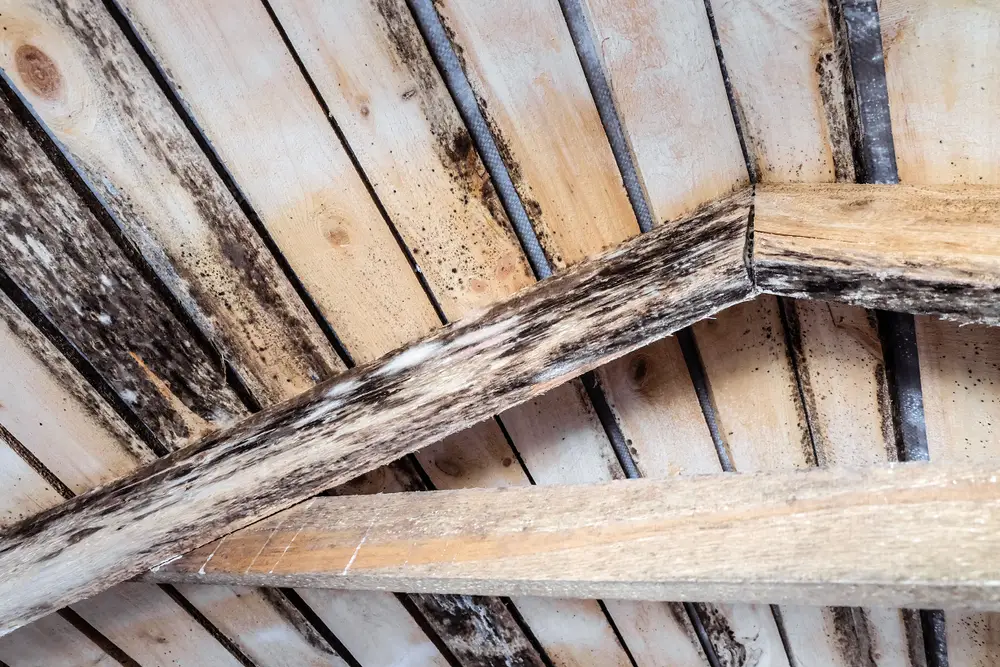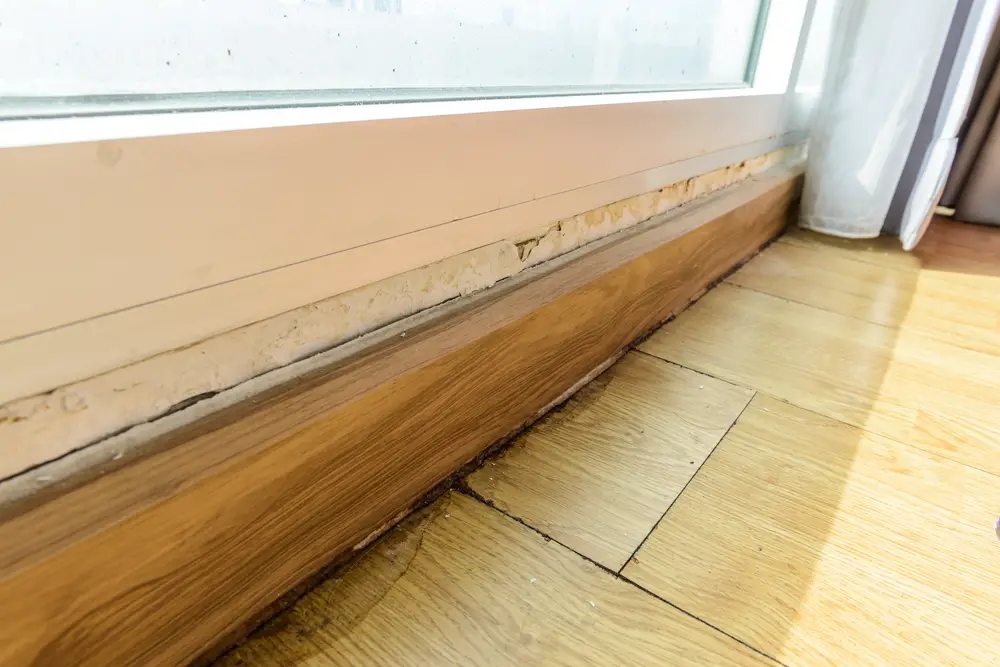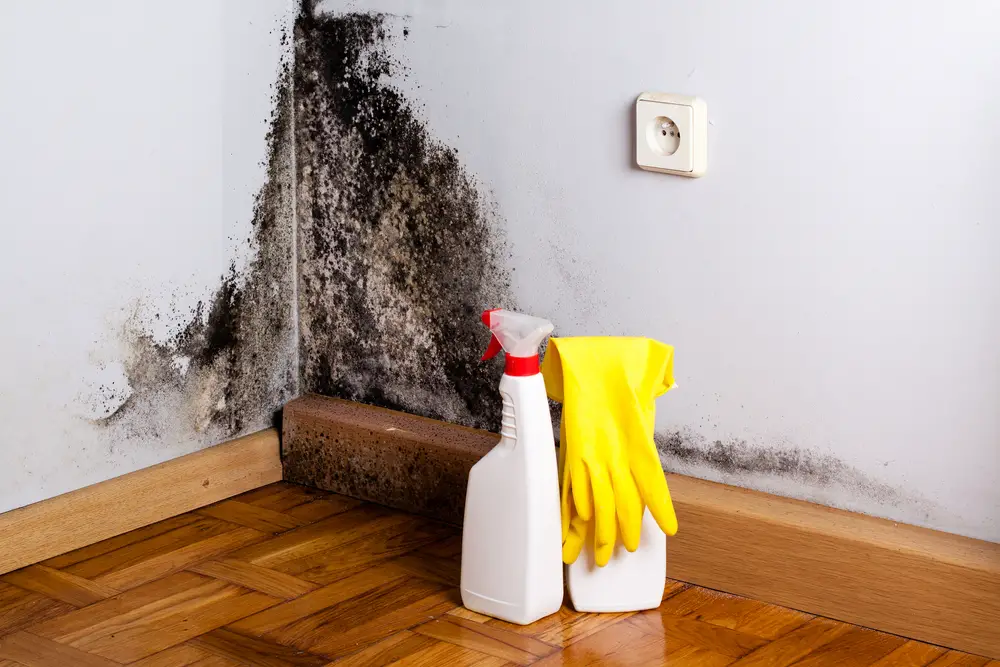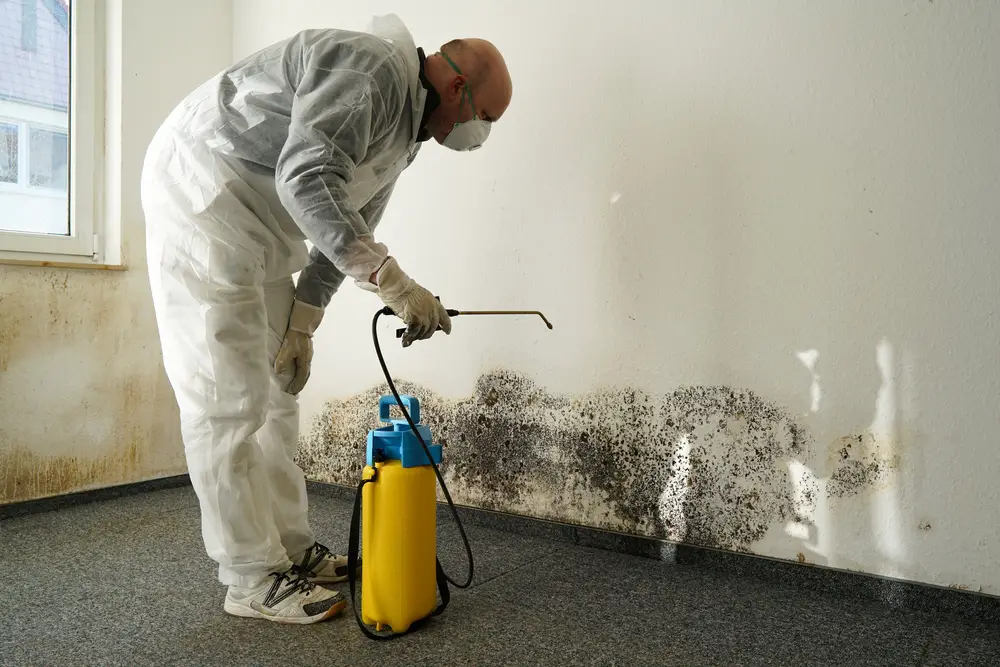Managing mold can be challenging, and many people lack the knowledge to address it effectively. Understandably, dealing with mold presents its own set of complexities. You might find yourself exploring various DIY methods for mold detection, and we’re here to ensure that you’re aware of missteps along the way.
In this post, we will address ineffective DIY approaches and products in the detection and management of mold.
What Not to Do for Mold Detection
There are plenty of ways to detect mold, however, if you are looking for a method that will give you a comprehensive and accurate mold detection result, then here’s the list of methods that you shouldn’t be doing at all.
Air Sampling for Mold Detection
Air tests for mold are not always dependable due to their susceptibility to variations caused by different factors. Moreover, they do not offer insights into the source or scale of mold contamination, so you won’t really be able to pinpoint the main source of mold which is a waste of time and money.
Thermal Scanning for Mold Detection
Infrared or thermal imaging can highlight temperature changes within buildings, revealing areas affected by current mold growth. However, they cannot detect prior mold issues that have dried up. Consequently, your mold assessments may not be entirely comprehensive, potentially leading to inadequate treatment in certain areas due to the assumption that they remain uncontaminated.
Moisture Meter for Mold Detection
Although using a moisture meter for mold detection is a common way to detect mold, it can solely identify existing moisture and may overlook concealed mold. Consequently, this method may not be entirely effective in detecting and eliminating mold. This could result in wasting your time, money, and effort.
Using Dogs to Sniff Mold
Although some individuals utilize mold-sniffing dogs to identify mold in their surroundings, this approach has limitations. While some dogs can be trained to detect mold odors, not all molds produce detectable odors, and dogs may not be able to access certain areas. Additionally, sniffing for mold can pose a health risk for the dogs, exposing them to potential mold-related health hazards. Furthermore, their abilities may be limited in providing a comprehensive assessment of mold issues.
What to Do to Detect Mold
After going through the list of what not to do for mold detection, here are some effective ways to detect mold in your home.
Hiring a Professiona Mold Detection Service
The most effective way to detect mold in your home is through hiring professionals to do the job. Mold remediation professionals will have the necessary tools and equipment to do a thorough mold search in your spaces, making sure you won’t leave any space unchecked.
Reliable Mold Test Kits
If you’re on a budget and you still want to go the DIY route, you can get yourself a home Mold Test Kit. However, keep in mind that a mold test kit can only do so much, and won’t give you the comprehensive mold detection you’d want to make sure your space and family are protected.

